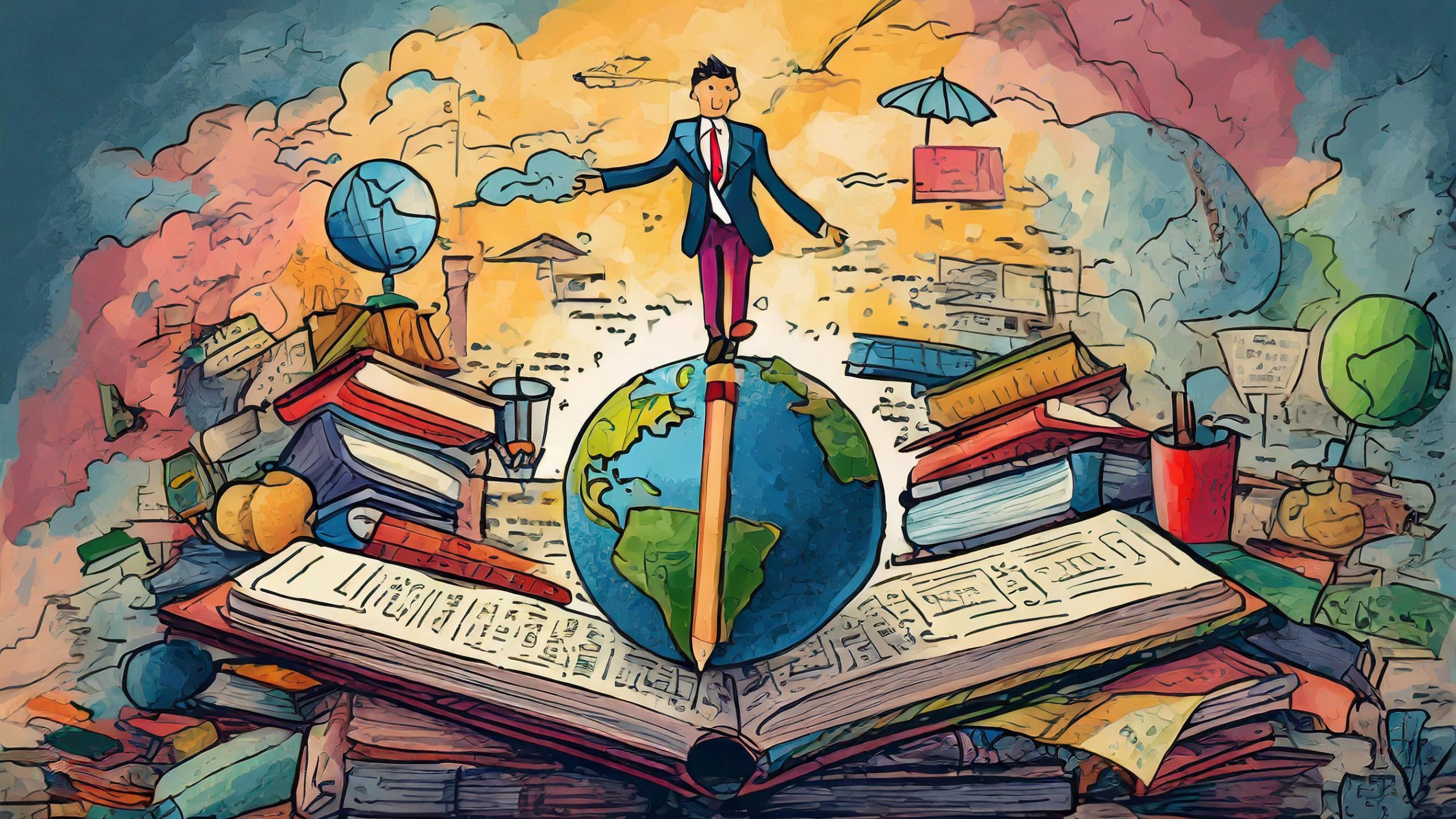Table of Contents
Introduction
In today’s ever-shrinking world, where global interactions are commonplace and the melding of cultures, economies, and technologies are everyday occurrences, the value of multilingual education has skyrocketed. This should come as no surprise in a world where more than half of the population is bilingual and where businesses, scientific collaborations, and cultural exchanges operate across borders. The growing importance of benefits of multilingual education is a reflection of our interdependent global landscape, and it serves as both a tool for personal development and a bridge to international understanding benefits of multilingual education.
Multilingualism: A Cornerstone for Global Competency
The ability to communicate in multiple languages is becoming increasingly crucial for individuals to effectively navigate and compete in the global market. Employers are consistently on the lookout for professionals who can engage with diverse populations and bridge language barriers. In many fields, multilingualism is not merely a preferred skill but a requirement.
The cognitive benefits of speaking more than one language are well-documented. Multilingual individuals often display enhanced problem-solving abilities, sharper memory, better multitasking skills, and heightened creativity. They also tend to have better awareness and understanding of other cultures, which fosters empathy and can reduce the likelihood of misunderstandings in international interactions.

Education Systems Adapting to New Norms
Education systems across the globe are increasingly acknowledging the need for multilingual curricula. Many countries in Europe, for instance, have mandatory language education where students learn at least one foreign language from an early age. This trend is not limited to traditionally multilingual nations; it is spreading, with schools worldwide incorporating language programs that go beyond the standard English learning track.
The methods of teaching are evolving too, with immersive and engaged learning taking the front seat. Language immersion programs, bilingual education, and the integration of language learning with subjects like history and science are becoming more prevalent. This approach doesn’t just teach a language; it helps students navigate the world through different cultural perspectives inherent to each language.
Digital Technology and Language Learning
Digital technology has revolutionized language learning, making it more accessible than ever before. Online resources, language learning apps, virtual classrooms, and global discussion forums expose learners to authentic language use by native speakers, facilitate real-time practice, and provide immediate feedback.
Moreover, language learning technology is increasingly tailored to individual learner needs, allowing educators to offer personalized instruction. As AI develops, we are likely to see even more sophisticated tools for language acquisition, capitalizing on speech recognition, adaptive learning algorithms, and virtual reality to simulate immersive environments.
Barriers and Challenges in Multilingual Education
Despite the growing recognition of its importance, not all students have equal access to multilingual education. In many parts of the world, the resources required for such instruction—qualified teachers, materials, funding—are in short supply. There is also the challenge of deciding which languages to offer, as the choice could impact the inclusivity and relevance of the education system in a global context.
Moreover, there can be sociopolitical obstacles. Language is more than a communication tool; it is a vessel of culture and identity. In regions with linguistic tensions, implementing multilingual education can be a politically sensitive issue. Nonetheless, the potential benefits for peace-building and mutual understanding cannot be overlooked.

Future Perspectives
Looking forward, the landscape of multilingual education will likely be shaped by several factors. Global migration trends, for instance, will influence the languages that are taught and learned, while technological advancements will continue to break down the barriers to language acquisition.
In addition, the growing emphasis on global citizenship education—which includes learning to live together sustainably and peacefully—suggests that multilingual education will be increasingly integrated with broader educational goals. It will shift from being an isolated subject to becoming a foundational aspect of learning, reflecting the interconnectedness of our globalized world.
The Polyglot Advantage in Personal Growth
On a personal level, learning languages has profound effects on individuals’ cognitive development and their capacity for cultural intelligence. As one delves into a new language, they often find themselves exploring the cultural nuances that shape it. This breeds an intellectual curiosity and adaptability that is invaluable in today’s world.
Multilingual individuals also benefit from a unique perspective on their native tongue and culture. Often, learning new languages enlightens one to the idiosyncrasies of their own language, leading to increased metalinguistic awareness—an awareness of how language is structured and functions.
Cultural Bridges and Global Understanding
Multilingual education does not simply raise a cohort of polyglots; it nurtures a generation of cultural ambassadors. It teaches respect for diversity and fosters a wider understanding of different life experiences and worldviews. In a world often mired by cultural misunderstandings and conflicts, the ability to communicate across linguistic divides is a powerful tool for peace and cooperation.
Language learning in a classroom setting can provide an early introduction to the concept of global citizenship, encouraging young people to see themselves as part of an interconnected world, responsible not just within their local community but within the global society.
Conclusion: A Call to Action for Comprehensive Multilingual Education
The argument for multilingual education in a globalized world is compelling. The benefits—ranging from economic to cognitive and socio-cultural—are enormous, and it is clear that societies need to invest more in making language learning accessible and effective for all. This means advocating for educational policies that recognize the significance of multilingual education, creating resources for teachers and learners, and leveraging technology to its full potential.
The globalized world awaits, and with it, endless opportunities. But to truly seize them, a multilingual education is not just beneficial; it is essential. Language is the key that unlocks global doors. Thus, embracing multilingual education is not merely a nod to the trends of today, but a necessary step toward a more connected, understanding, and collaborative global tomorrow.












